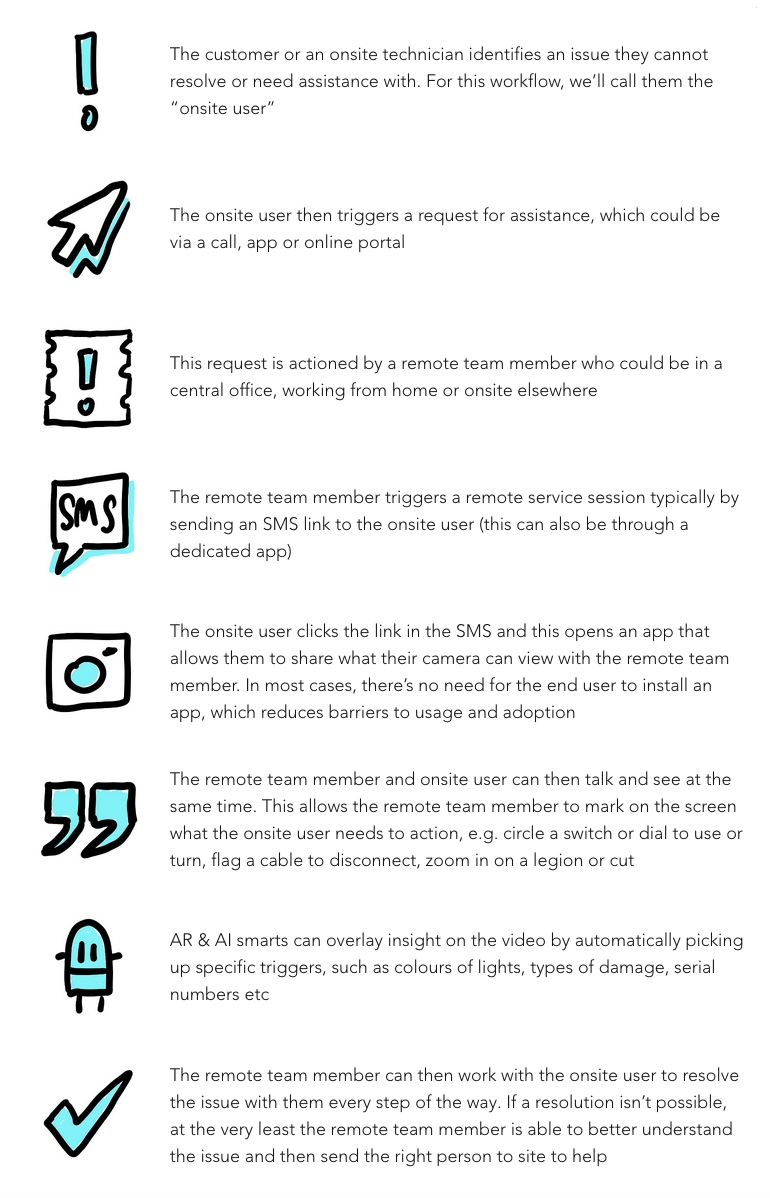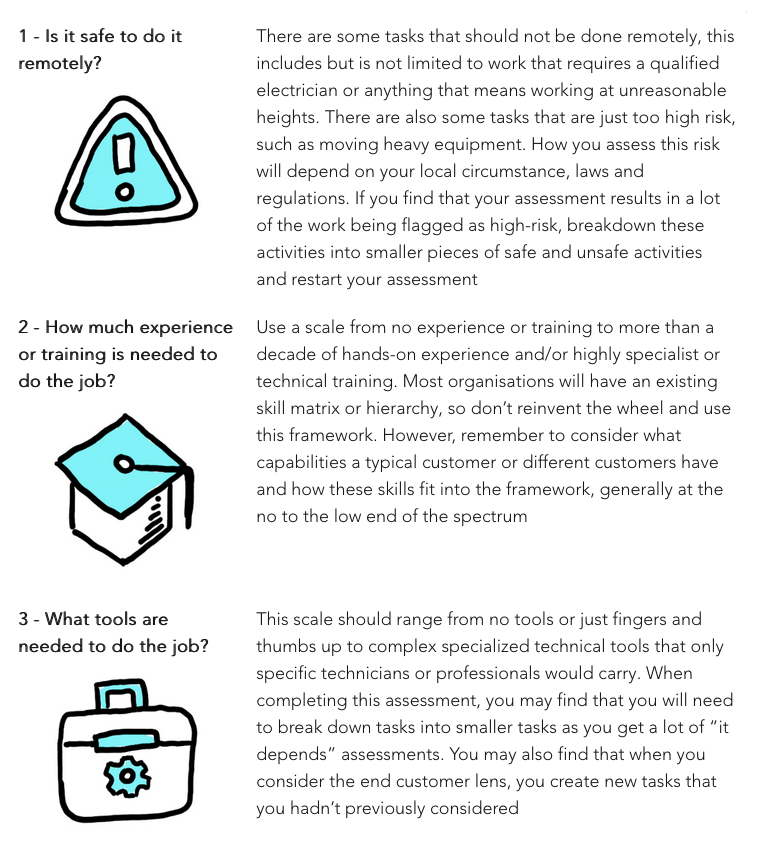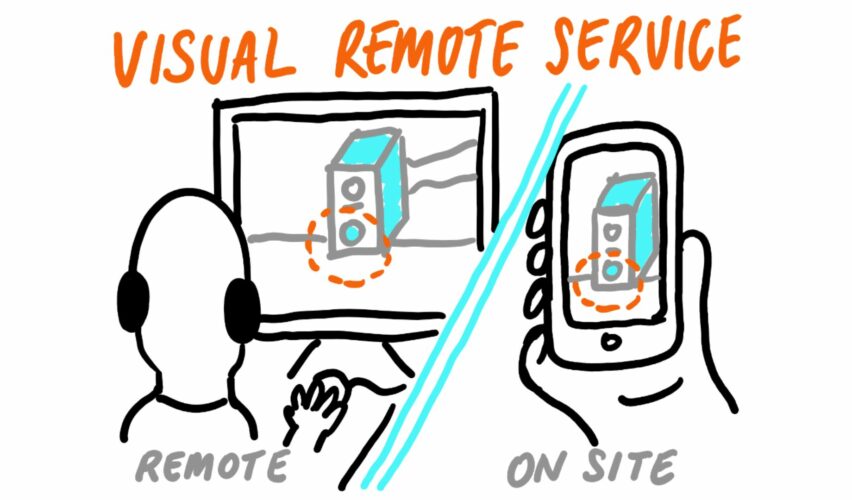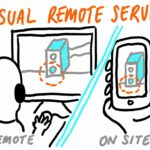Advances in Visual Remote Service enabled by augmented reality and artificial intelligence have progressed to the point where they are now mainstream.
The pandemic helped to accelerate adoption as it forced the hand of many organizations who had no choice but to adopt these technologies to continue to serve their customers and, in many cases, generate revenue.
Every business that relies on service personnel or teams to deliver service to their customers in their home or place of business should be adopting some level of Visual Remote Service. Whether we are talking about a medical professional caring for a patient at home, a telco technician installing a new broadband connection, an MRI technician servicing equipment in hospitals, a payment terminal serviceperson maintaining point of sale equipment, an insurance agent assessing the damage of a car accident – all of these use cases, and many more, can benefit from using Visual Remote Service technologies to different degrees.
The benefits of adopting these technologies include*:
Onsite visits or truck rolls: up to 50% reduction
Asset uptime: 29% uptick
NPS and CSAT: 45% improvement
First call resolution: 30-60% increase
In-field first-time fix rate: >80% uplift
Self-service uptake: 30-40% growth
The obvious question is, what should your Visual Remote Service strategy be?
HOW VISUAL REMOTE SERVICE WORKS
Before we get into that, to bring it to life, I’ll give you a quick intro into how Visual Remote Service works in the case of an issue onsite.
THREE STEPS TO KICK START YOUR STRATEGY
Answering the question of what your Visual Remote Service strategy should be, starts with a three-step process of creating a service task catalogue, assessing each task and then plotting it on a matrix.
STEP 1: CREATE A SERVICE CATALOGUE
Create a long list of all the service interactions or tasks that your teams complete. Note that you may add more tasks to this list when you complete steps 2 and 3

To assess each service interaction or task, ask yourself three questions and note the answers in a table:

STEP 3: PLOT EACH TASK
As you answer the three questions, plot each of the tasks on the matrix below using a scale that is relevant to your business context.

Through this process you’ll start to see groups of tasks that fit one of the following four patterns:
- Self Service – technology can be used directly by the customer to guide them through an install or resolution process on screen using AI to detect when they have completed steps as well as through on-screen prompts. This will overlap with the ‘Agent & Customer’ pattern and your ability to leverage Self Service will be dependent on the preference of the different customer segment.
- Agent & Customer – the onsite customer and remote call centre agent use the technology together to complete tasks without the need to send onsite support
- Agent & Expert – an onsite expert and a call centre agent or remote expert use the technology to complete tasks together
- Expert On-site – this is where there is really no choice but to send an expert to site to complete the activity. You may find that tasks in any of the three above patterns eventually trigger this option. In many cases this is preferred as this generally results in higher right first time.
NOW YOU’RE ON YOUR WAY
Completing this process will help you to understand how Visual Remote Service can help your business deliver sales and service excellence. It is the first milestone on your way to creating your Visual Remote Service Strategy.
The next steps to create your strategy include quantifying benefits, drafting the business case, detailing internal and external user personas, and designing the end-to-end journeys.
At Structured Creative we are all about creating high-performing businesses by bringing strategy to operational reality. This framework, along with many others, is one of the techniques we use to understand how to leverage technology and make the most of it within business operations – or how we start to turn strategy into operational reality.
If you found this useful or are working to define your Visual Remote Service Strategy, we’d love to hear from you. Please drop a comment below or send us an email, [email protected].
*Sources: www.techsee.com, www.sightcall.com, www.iriscx.com











